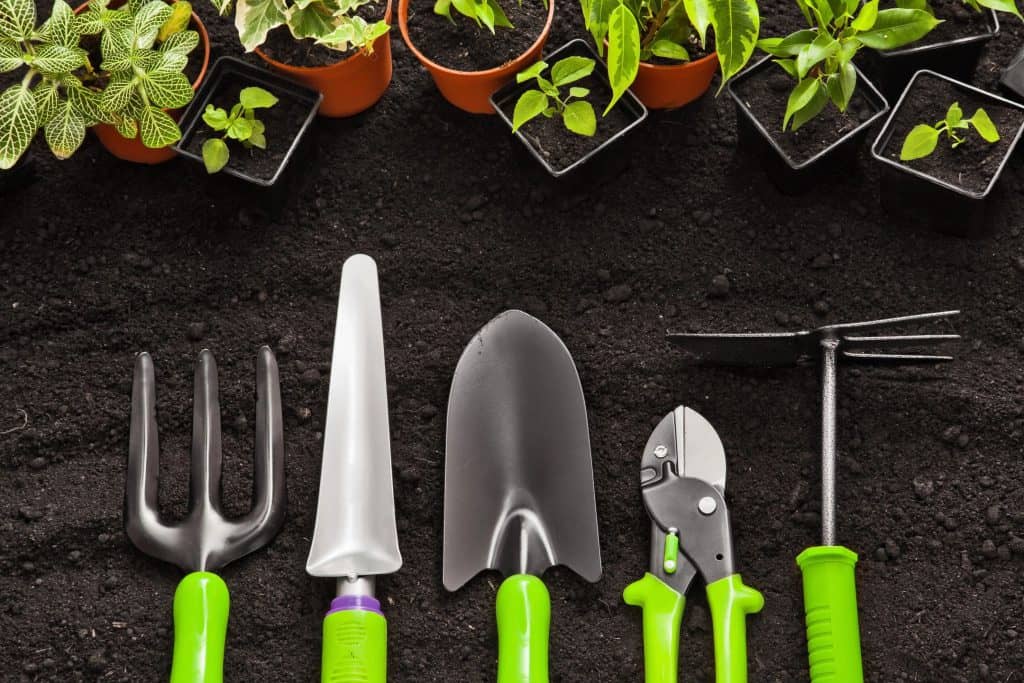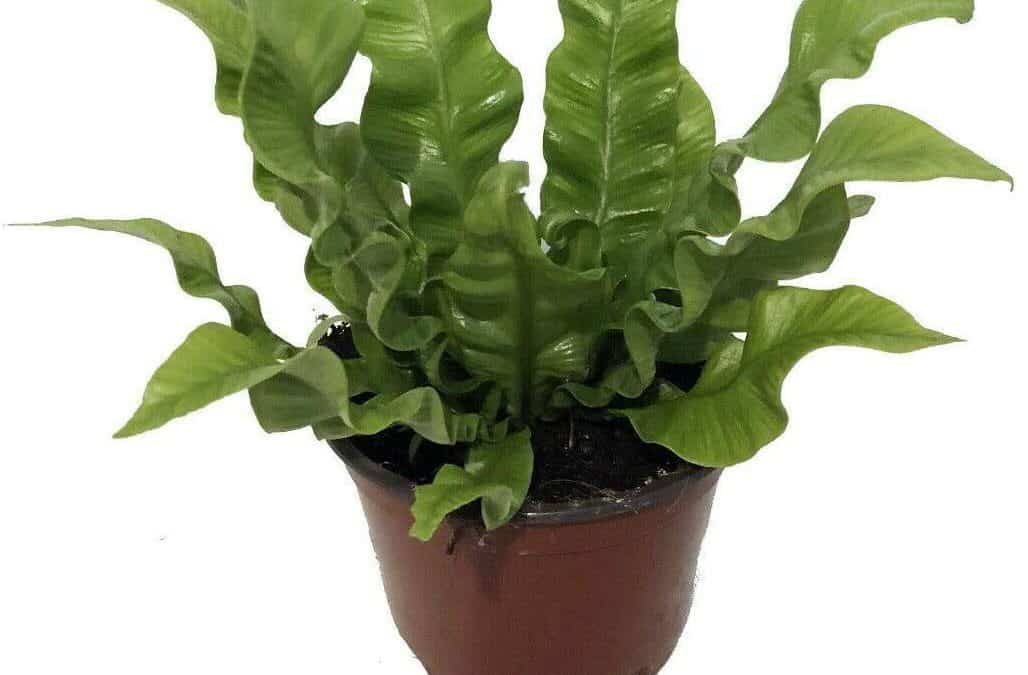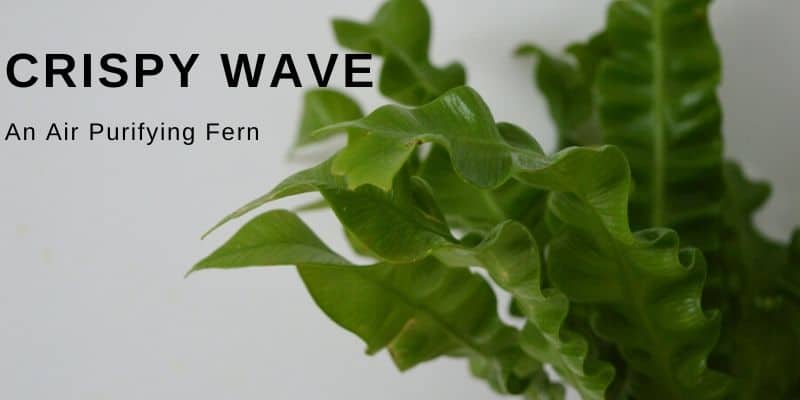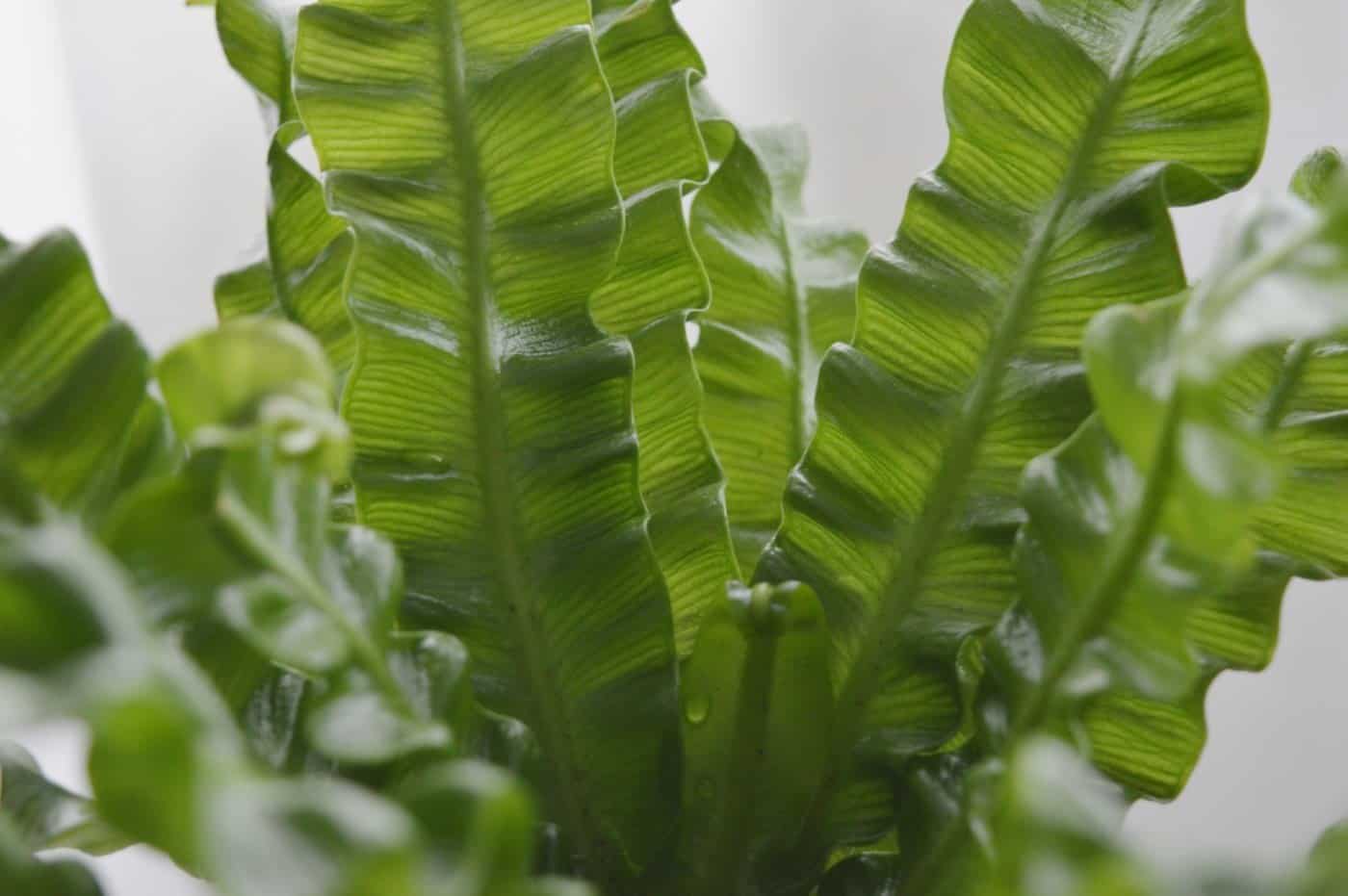Having indoor houseplants in your home is a great way to increase the overall warmth and comfort of the space. Plants may also increase the air quality in your home by soaking in the carbon dioxide you inhale and removing some toxins from the air. That’s not just our opinion but the results of a NASA study showing that several common houseplants do in fact help reduce indoor air pollution. They also allow you to improve your skill and knowledge in cultivating things that grow in planters—a skill that can be transferred to outdoor gardening activities.
If you want to buy one of these plants from a USA-based source, just click the button below to see what’s available on Amazon:
If you want to grow decorative planters and fern pots in your house, you must learn all you can about their origins and the needs of the exact fern species that you have in mind. This is the only way to grow successfully in an indoor pot because water, lighting and other variables have to be close to the outdoor averages these plants are used to. So today we’re going to share plant care tips on one of the most intriguing ferns you can grow in plant pots inside your home.
- Low maintenance plant
- Known air-purifying properties
Read the air-purifying plant study
The Asplenium Crispy Wave—Its Origins, Attributes, and Background
The Asplenium Crispy Wave is one of the more distinguished kinds of ferns. It is recognized by its green, shiny, and upright leaves. If properly cared for in small plant pots, these leaves will sprout from the heart of the plant. It makes for a great living accent to your bathroom or kitchen when grown in small pots. They can be kept at about the size of a Japanese bonsai and require frequent water but little sunlight.
Crispy Wave is part of a larger family of plants that contain over 700 species. The Asplenium branch of the family is found mainly in Africa, Australia, Asia, and Europe. It originated in Japan and Taiwan, where today it grows on branches and rocks with high levels of moisture.
Cleaner Air
One of the greatest attributes of the plant is its noted ability to purify the air. When grown in indoor planters, it not only removes harmful substances from the air of a house, but also pumps extra oxygen into it. Asplenium is derived from the Greek word Asplenon which means spleen herb. In the Middle Ages, this fern was ground up and turned into a drink that was used to heal people with disorders of the spleen.
Best Location for Growing
In nature, the Asplenium ferns grow in outdoor wooded areas with little natural light. These plants do not respond well to intense sunlight, though they need enough sun to carry out the basic metabolic processes of photosynthesis. The ideal place to put your Crispy Wave plant is in a spot far away from the bathroom window. You may consider a place that gets sunlight that is broken up or shaded by a tree or some other large object. The leaves that emerge will be much healthier if you pick the right spot.
Ideal Temperatures for the Asplenium Crispy Wave
The fern does not take well to strong indoor surface area temperature changes. Temperatures that are too cold will turn the leave ends of the fern brown. The ideal temperature for the plant is between 18 and 24 degrees Celsius. Under these conditions, the leaves of the fern will roll out of the middle of the plant and spring to life gracefully. Temperature is probably the most important factor for plant care.
The Best soil mixture

You should not pot the plant in a container with normal soil. You will not get a good result if you take scoops of dirt from your garden and use it to grow your Crispy Wave. The roots of this type of plant require a good deal of aeration and coarse particles. You must use a porous specialty soil like a cactus or succulent mix, which will encourage room for root growth. Indeed, the roots of your plant will grow to an impressive size if you use such soil and add a little perlite. They will at the very least grow to fit the pot that you planted them in and sprout into the kind of shape and form that you, as a plant lover, will enjoy.
Moisture and Watering
Crispy Wave plants do best in environments that are humid and moist. This does not mean drowning the roots without proper drainage, but instead keeping the plant in soil that is frequently and evenly watered. When it comes to moisture and watering intervals, you must factor in the addition of your home’s heating and cooling system. If you live in an area with high humidity during the summer, then your plant will thrive in that season. The winter is a different story with less water in the atmosphere. If it is especially cold during this time, you will need to turn the heating on. Forced air heating systems dry out the air in the house. In doing so, it will also dry out your Crispy Wave plant. You must counter this effect by keeping up the moisture on the leaves. You can do this by sprinkling water on them or using a mist dispenser twice a day.
Indeed, a mist dispenser is indispensable. Your other plants may benefit from being misted regularly on especially cold winter days. The practice is essential for your Crispy Wave plant. The leaves of the plant will soak up the moisture and retain their health and greenness throughout the season.
The Drooping Leaves Phenomenon
The plants and ferns in your outside garden probably grow upright. They are reaching toward the sunlight. Your Crispy Wave plant is in a different environment. It does not like to have direct sunlight overhead. However, there’s a careful balance needed between shade and sun. If you have put it in a more covered and shaded position in your house, it may receive too little sunlight through the window. This will make the plant droop or at least appear to. Its fronds will point sideways rather than upright. This is perfectly normal. It is not a sign of the impending death of the plant, but you may want to consider adding just a little more sunlight as a test.
Your plant may also present a few brown spots. You need not worry about this either. You can trim brownish or dead tips off at the base of the fern, which will help free up the plant’s resources for new growth.
Replace Luck with Knowledge and Skill
There is no such thing as a growers green thumb. It’s not a true fact that certain people are born with the talent to raise, nourish, cultivate, save and care for plants while others are not. Anyone can garden! The people who have been most successful capabilities at growing plants are those who have taken the time to learn everything they can about the kind of plants they like to grow.
You can do the same. The Crispy Wave plant has special needs. It can only be grown under specific indoor conditions, and it will demand a great deal of your time and attention at first. Once you have mastered the basics of plant care, you will be able to settle into a stable and effective routine. You will be able to see to the needs of the plant throughout the year, and you will grow a plant that is full of body and beauty—a plant that you can be proud of.
Many other plants are known to boost indoor air quality. Read 50 Houseplants for a healthy home on Amazon!
Check out a few related posts on plants by Fertilizer for Less:
- Best Succulent Soil Mixes
- Growing Rosemary
- Growing Cucumbers
- Elephant Ear Plants
- Top Fertilizers for House Plants
Or view our most recent posts you’re sure to like a lot:





